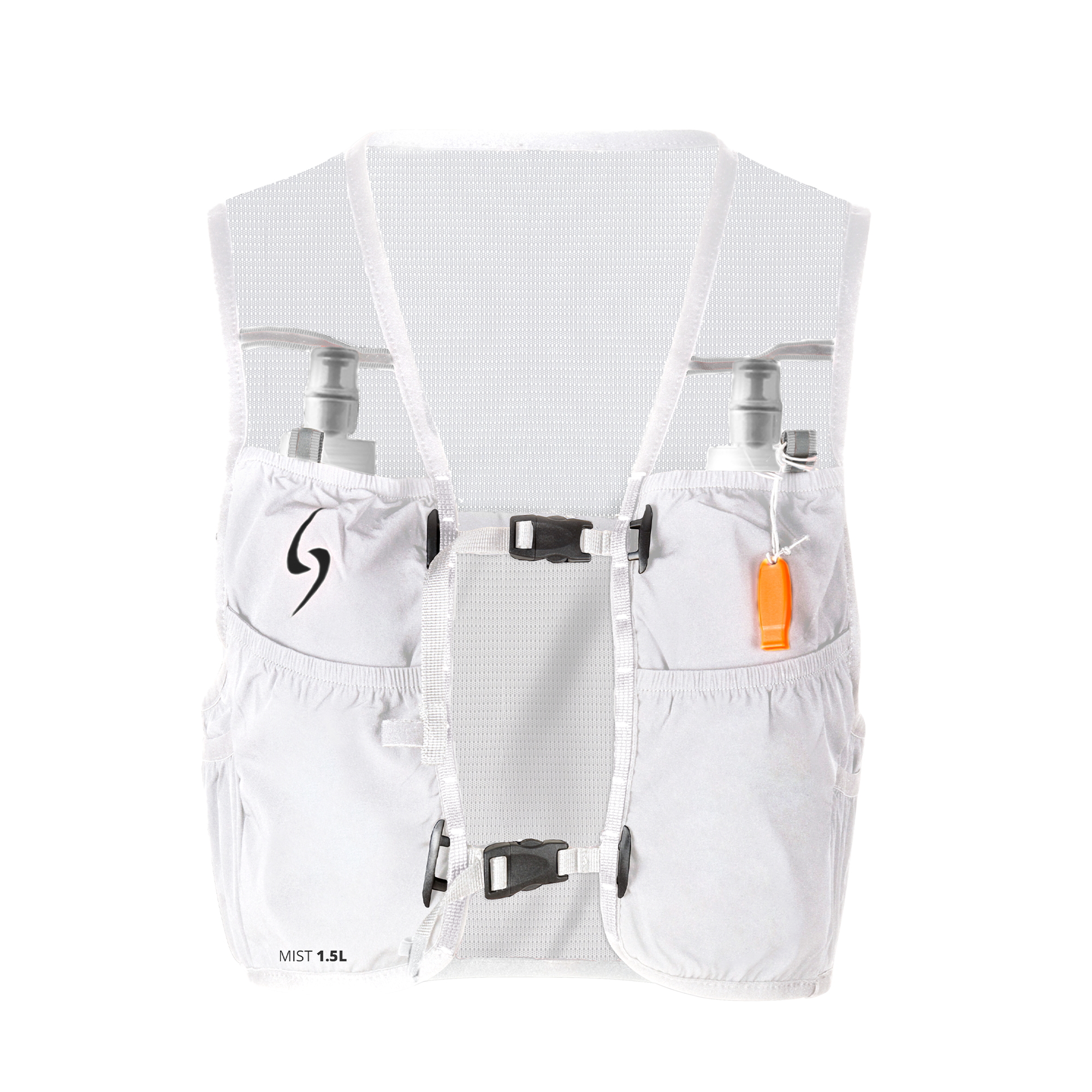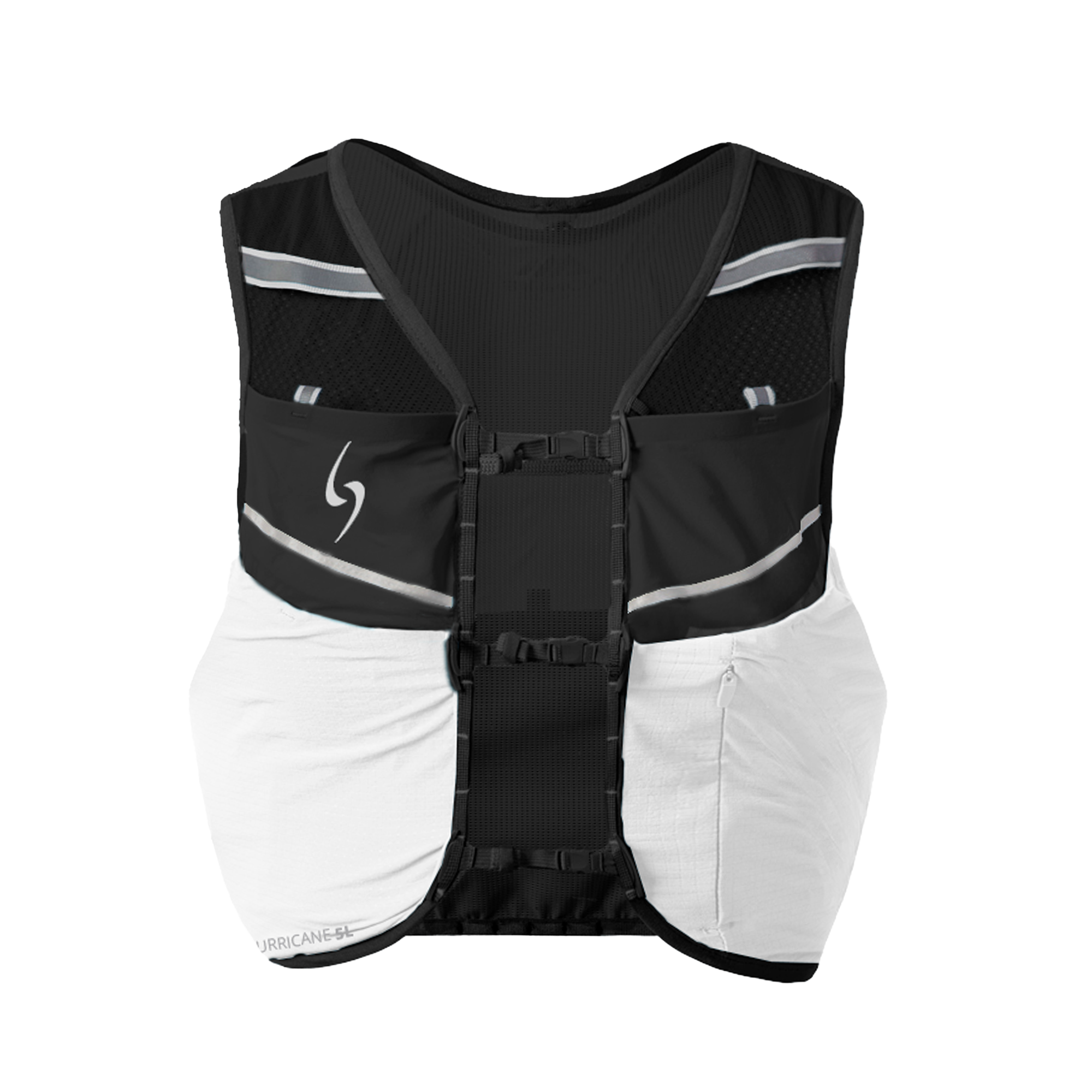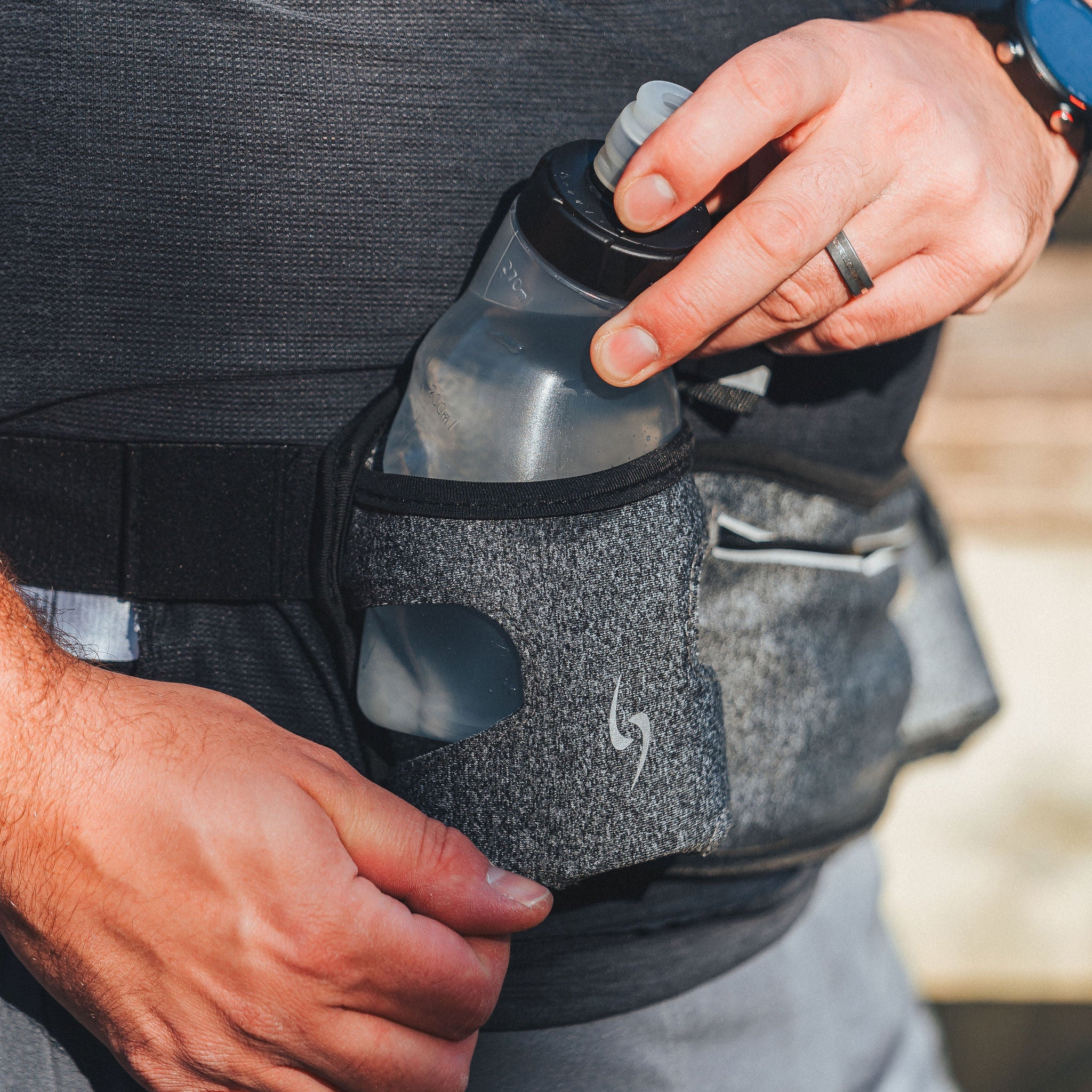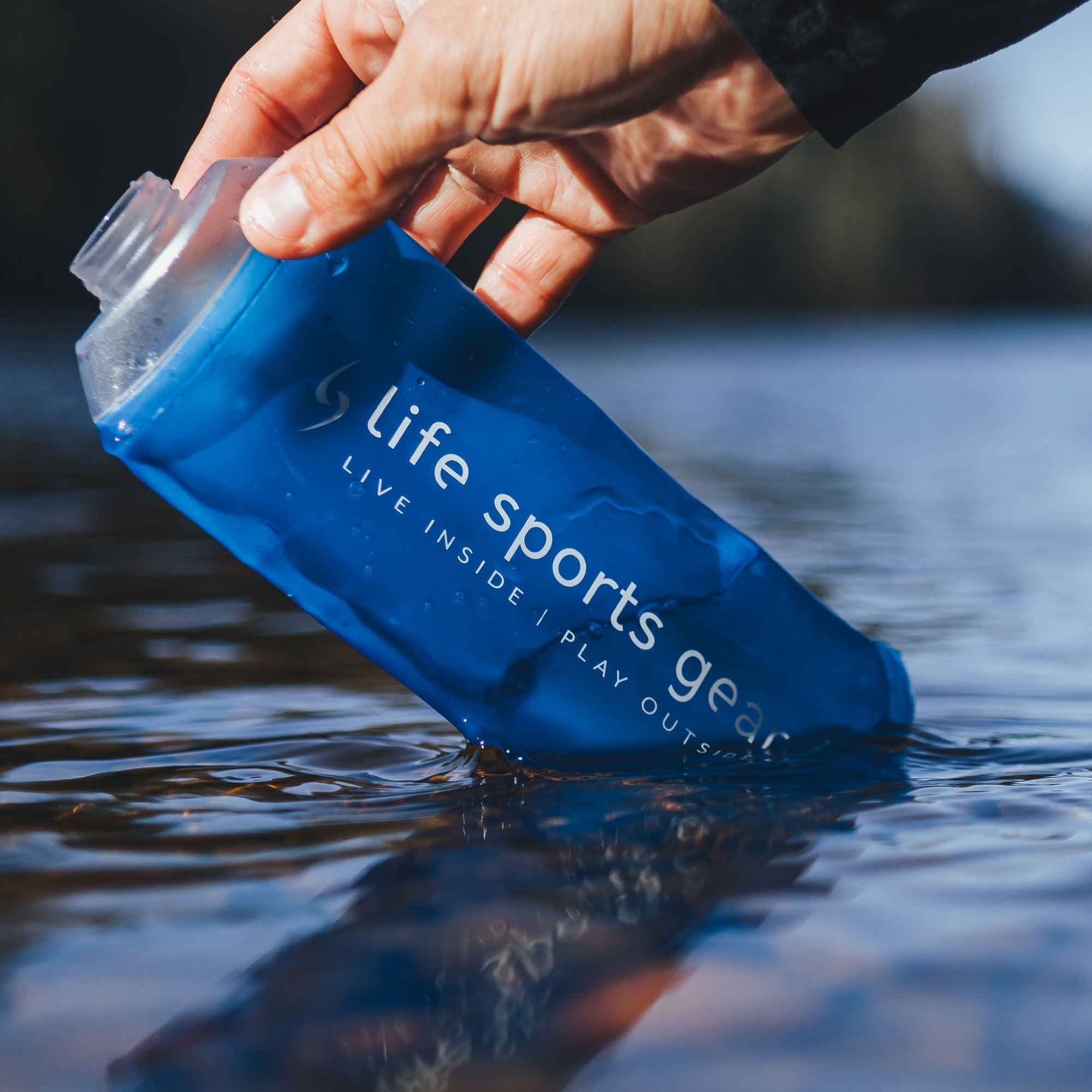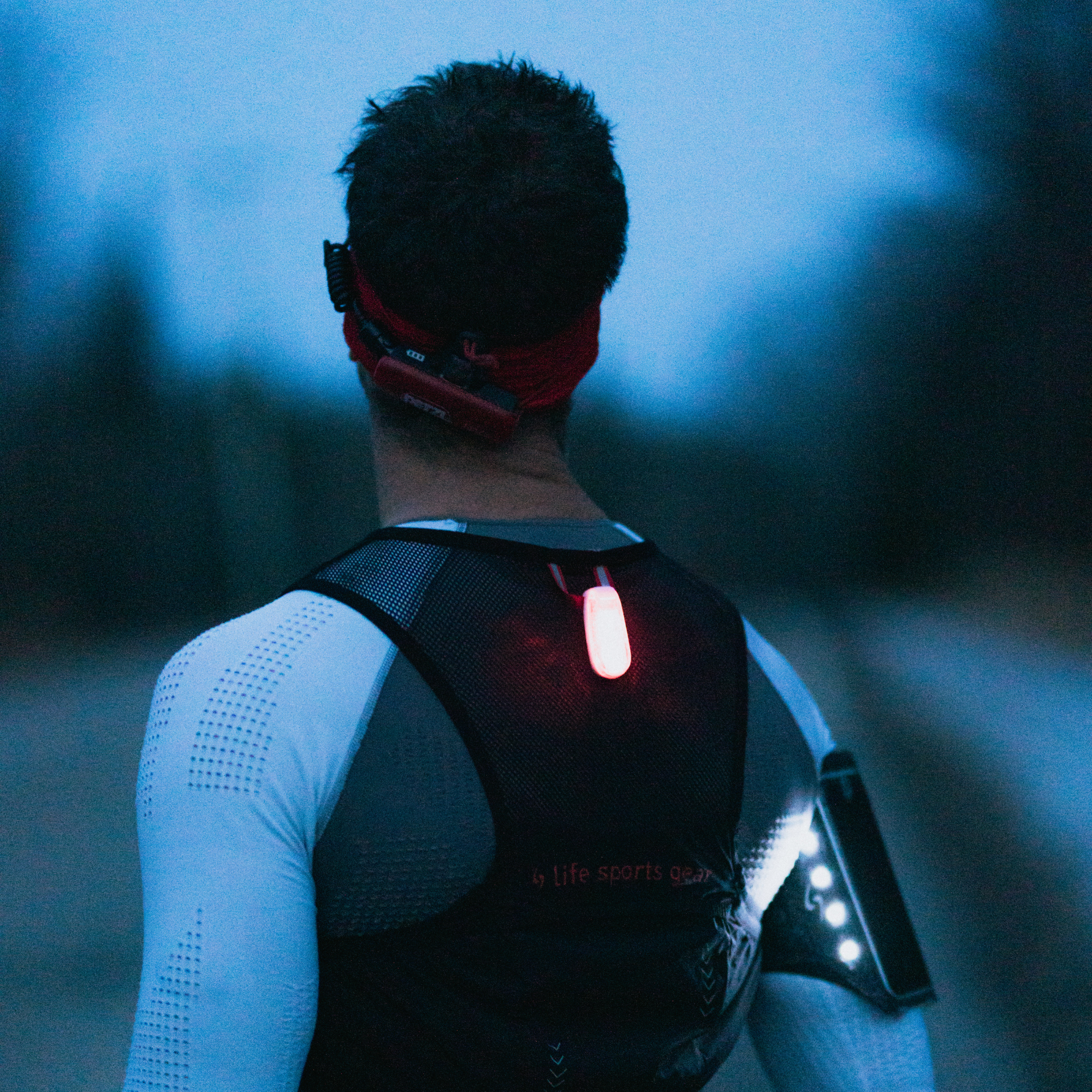
40%

2 soft flasks

180 g

6 pockets
Hurricane Running Vest ECO - 5L

21%

2 soft flasks

210 g

10 pockets
Torrent Running Vest ECO - 2.5L

52%

2 soft flasks

220 g

7 pockets

34%

2 soft flasks

210 g

9 pockets
Cyclone Running Vest ECO - 10L

52%

210 g

8 pockets
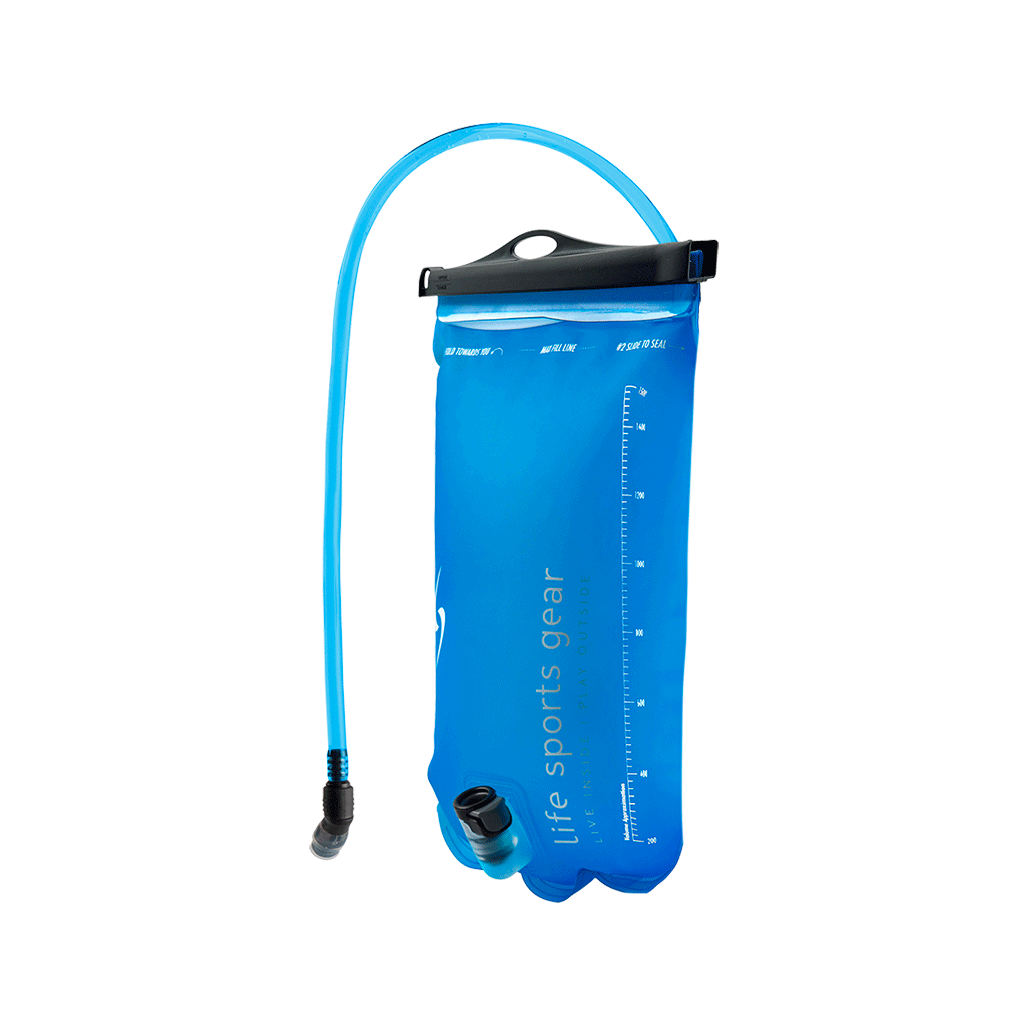
1.5L bladder
Proudly Canadian
Designed and operated in Quebec, with a commitment to quality and local expertise.
One year warranty
Our products are guaranteed for 1 year against defects in materials and workmanship.
Free shipping on 50$ orders
Shipping & returns are always easy and hassle-free.
Equipment for Every Activity
Whatever your passion, our collections help you go further. Surprise yourself and push your limits !



